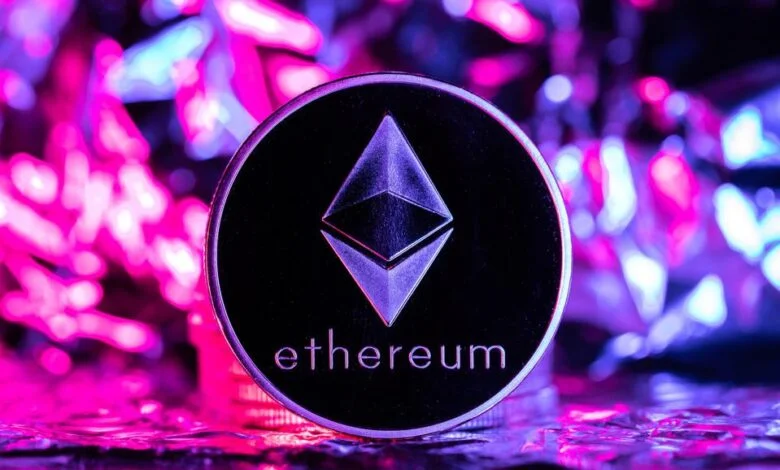What is EthereumPoW and How Does it Work?

Table of Contents
EthereumPoW: what is it?
A Proof-of-Work (PoW) fork of Ethereum, EthereumPoW is a community-based project of independent developers and miners led by Chandler Guo, a veteran of the cryptocurrency sector. On July 27, 2022, Guo tweeted about his proposal for ETHW. The matter has received a lot of attention ever since, especially from anti-The Merge miners. Justin Sun, the creator of Tron and investor in Poloniex, lobbied for the project to back Ethereum’s PoW method and even offered to donate some split ETHW to help expand the ecosystem.
How does ETHW function?
To validate transactions and propose a new block, ETHW miners must employ computational power to solve an arbitrary mathematical problem, just as they do with other Proof-of-Work (PoW) cryptocurrencies like bitcoin.
Proof-of-Work is considered a more decentralized method of validating transactions than Proof-of-Stake since it makes use of a larger percentage of the network’s computers to confirm and approve transactions.
What caused the EthereumPoW Hard Fork?
Let’s define “hard fork” before we dive into the motivations behind the EthereumPoW fork. The term “hard fork” refers to a certain type of blockchain software upgrade in which all validators in the network must adopt the newest version of the network’s software. Although Ethereum has had many hard forks in the past, 2016 split into Ethereum (ETH) and Ethereum Classic was the most important hard fork to date (ETC).
Some miners on Ethereum didn’t want to switch from the more profitable PoW method to the less profitable PoS, leading to the EthereumPoW hard fork. Arcane Research predicts that by 2021, mining Ethereum will generate $18 billion, surpassing Bitcoin’s $17 billion profits. Ethereum miners have been the highest earners for the majority of 2022. The two most important digital currencies by market size are compared here in a graph showing the mining rewards over the previous two years.
How Successful Be Will EthereumPoW?
When a blockchain is forked, all the features, wallet balances, assets, and smart contracts are replicated. This means that the EthereumPoW mainnet will now be used by all Ethereum assets. But without widespread support, this makes no sense. Users establish the “true” chain when a network breaks by focusing on utility. For EthereumPoW to be successful, it needs backing from more than just miners, including regular crypto users, developers, and companies. Without these three groups, ETHW is as useless as a cheap copy of the Mona Lisa.
Ethereum’s robust ecosystem makes this extremely improbable, nevertheless. Thousands of unique assets, Defi marketplaces, NFTs, and stablecoins make up Ethereum’s ecosystem.
Stablecoins are more challenging to incorporate into ETHW since they must be backed by something tangible, like money in a bank account. Therefore, if you are the United States Federal Reserve, it is easier to fork such assets by first placing collateral in a banking institution.
Takeaway
EthereumPoW, also known as ETHW, is a Proof-of-Work (PoW) fork of Ethereum created by a group of independent developers and miners that didn’t want to adopt Ethereum’s PoS protocol following the Merge.
Existing stablecoins cannot be added to ETHW, even though a blockchain fork involves a duplicate of all the features, wallet balances, assets, and smart contracts. This is because its value is tied to tangible assets, making it impossible to rapidly increase the supply without causing the currency’s value to fluctuate wildly.
Visit for more articles: forbesblog.org




